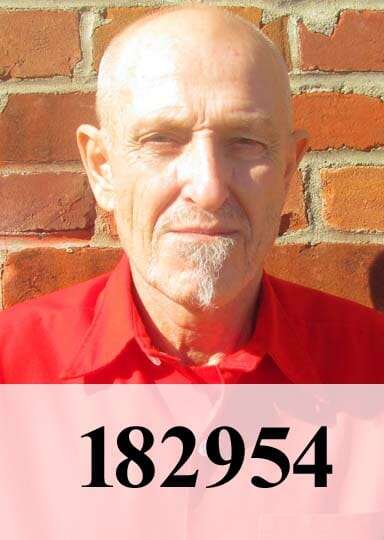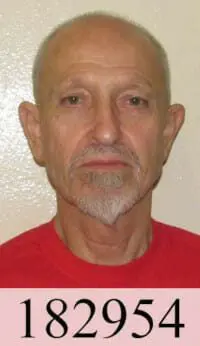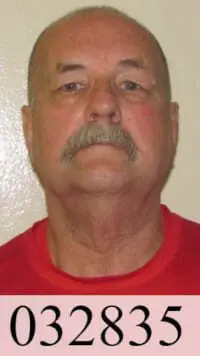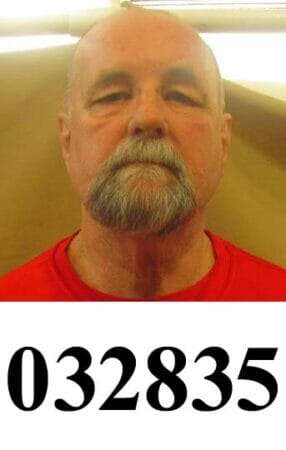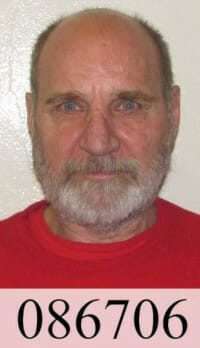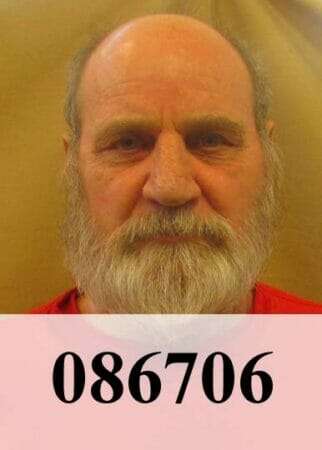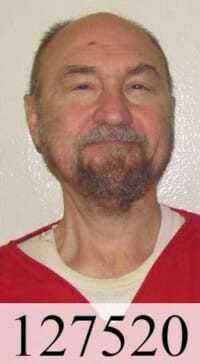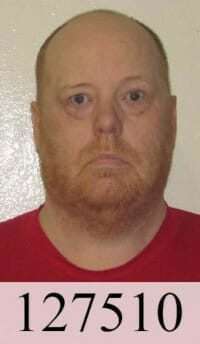
Donald Johnson was sentenced to death by the State of Kentucky for the sexual assault and murder of a woman. According to court documents Donald Johnson would enter the Bright and Clean Laundry in Hazard Kentucky where he would sexually assault the clerk before murdering her. Johnson would rob the business before fleeing. Donald Johnson would be arrested, convicted and sentenced to death.
Kentucky Death Row Inmate List
Donald Johnson 2021 Information
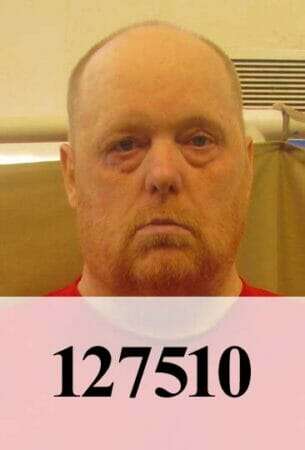
| Name: | JOHNSON, DONALD HERB Active Inmate DEATH ROW | ||
| PID # / DOC #: | 239946 / 127510 | ||
| Institution Start Date: | 10/03/1997 | ||
| Expected Time To Serve (TTS): | DEATH SENTENCE | ||
| Classification: | Maximum | ||
| Minimum Expiration of Sentence Date (Good Time Release Date): ? | DEATH SENTENCE | ||
| Parole Eligibility Date: | DEATH SENTENCE | ||
| Maximum Expiration of Sentence Date: | DEATH SENTENCE | ||
| Location: | Kentucky State Penitentiary | ||
| Age: | 53 | ||
| Race: | White | ||
| Gender: | M | ||
| Eye Color: | Blue | ||
| Hair Color: | Red or Auburn | ||
| Height: | 6′ 03″ | ||
| Weight: | 205 |
Donald Johnson More News
Johnson was sentenced to death on October 1, 1997 in Floyd County for the stabbing death of Helen Madden. Ms. Madden’s body was found on November 30, 1989 at the Bright and Clean Laundry in Hazard where she was employed. It was determined that she had also been sexually assaulted. Johnson was arrested on December 01, 1989 and charged with murder, robbery, and burglary. The charge of 1st degree sexual assault was added later.
Donald Johnson Other News
In November 1989, “Helen Madden was beaten, stabbed, mutilated, and tortured to death in the supply storage room of the Laundromat where she worked. Her body was so disfigured that a co-worker of thirteen years was unable to identify her.” Johnson v. Commonwealth, 103 S.W.3d 687, 690 (Ky.2003). She had also been sexually assaulted Donald Johnson was arrested and prosecuted for the crimes.
In 1994, Donald Johnson appeared before a special judge, John David Caudill,1 and entered an unconditional guilty plea to charges of murder, first-degree burglary, and two counts of first-degree sexual abuse. The prosecution, which was seeking the death penalty, asked for jury sentencing. Johnson opposed this and asked that the judge sentence him. Though he did not raise the issue at that time, Johnson now claims that he was induced to enter the guilty plea by a promise from Judge Caudill to give him less than the death penalty and his lawyer’s threat to withdraw from the representation. On an interlocutory appeal, this Court held that the prosecution “can insist on jury-recommended sentencing over a defendant’s objection.” Id. (citing Commonwealth v. Johnson, 910 S.W.2d 229 (Ky.1995)). The case was remanded for a jury sentencing hearing. Id.
After this Court remanded the case, Johnson moved to withdraw his guilty plea. At that time, he again did not raise any issue about an alleged promise by the trial judge to give him less than the death penalty. His motion was denied.
In 1997, a few months before the sentencing hearing, Johnson’s defense counsel, Mike Williams and Kelly Gleason, withdrew from his representation. They claimed to have been ineffective by failing to advise Johnson that he could have entered into a conditional guilty plea and that he had the right to a speedy trial. Another lawyer, Vince Yustas, was assigned to the case and represented Johnson at the sentencing hearing. According to Yustas, Williams and Gleason led him to believe the judge had either agreed to or in some way indicated that he would give Johnson life without the possibility of parole for 25 years (LWOP 25) instead of death. Yustas claimed he believed them and thus worked to get the prosecution to agree to judge sentencing instead of the jury sentencing it could demand. He was successful and ultimately the prosecution consented to sentencing “solely by the trial court without intervention of a jury.” Id.
Yustas admitted that shortly before the sentencing hearing was to be held, the prosecution stated that it would seriously consider an offer of LWOP 25 if Johnson would make one. Johnson made no such offer, however, and the matter proceeded to sentencing.
After the sentencing hearing, Judge Caudill sentenced Johnson to death. On direct appeal, this Court affirmed. Id. at 698.

